Uncommonly delicate muslin was once a luxury fabric and a favorite of royalties around the world. Thankfully, it’s more accessible now, and you don’t have to empty your pockets to buy some.
Its ultra-soft and gentle quality has seen wide-ranging applications. If you only have a vague idea about this legendary fabric and want to know more, look no further!
Let's explore the Muslin including its applications as one of the sustainable beauty products.
Table of Contents
- What is Muslin Cloth?
- Benefits of Muslin Cloth for Face
- How to Add Muslin Face Cleaning Cloth to Your Routine
- 10 Versatile Uses of Muslin
- 1. Face Cleansing Cloth
- 2. Couture Designing
- 3. Cheesecloth Alternative
- 4. Baby Blanket
- 5. Medical Use
- 6. Quilting
- 7. Cleaning
- 8. Storing Produce and Leafy Greens
- 9. Theatre Screens and Photography Backdrops
- 10. Making Pot-Pourri
- Final Thoughts
What is Muslin Cloth?
The origin of muslin is still a mystery, but the famous Venetian traveler Marco Polo saw it first in Mosul, Iraq. But it’s the handspun Dhaka version of the fabric that made it famous during the 17th and 18th centuries. This variant of muslin was super thin, translucent, and as light as a feather.
However, the Dhaka muslin is no longer made, though the contemporary version of the fabric isn’t far behind.
Modern muslin face cloth is a plain woven fabric made from even-spun cotton yarn and available in different weights and grades. Here are some of its most common varieties:
-
Mull: This form of muslin is either pure cotton or a blend of cotton, silk, and viscose. It’s thinner and softer when compared with the other varieties. While Mull is no Dhaka Muslin, it does come very close to it in texture and appearance.
-
Swiss: The Swiss muslin is a crisp and sheer fabric perfect for winter clothing. You can identify it by its raised dots or patterns. This lightweight muslin is usually bleached or dyed and sports eye-catching designs.
-
Sheeting: Denser and coarser than other types of muslin, Sheeting is perfect for making bedding, drapery, and theatre screens. You can buy unbleached or bleached (not dyed) muslins in sheets or bolts of various widths.
- Gauze: Gauze is the thinnest, lightest, and most translucent of muslin. It’s super breathable and often used to dress wounds. It might be light and breezy, but that doesn’t impact its durability. Although, you will need to layer it up if using it for clothing purposes.
Benefits of Muslin Cloth for Face
Muslin has been around for centuries, but its popularity in the beauty industry was never this prominent. Take a look at why muslin is becoming a part of beauty routines worldwide.
-
Breathable: Cotton on its own is an airy fabric. When its yarn is spun in a plain, open weave, the resulting material, muslin, is more breathable and quick to dry than ordinary cotton. It allows good airflow and does not irritate the skin.
-
Soft: This pure and feathery soft cloth will gently clean the makeup and muck off your skin without damaging it. People with aging skin will see visible differences by adding muslin to their beauty routine. To enhance the benefits, consider incorporating a high quality cotton makeup remover pad along with the muslin cloth into your beauty routine.
-
Lightweight and Durable: Muslin cloth is light, but its strong seams and overall construction make it hardy. Facial cleansing cloth made from this fabric can be washed and reused over and over again without any signs of wear and tear.
-
Hypoallergenic: The muslin face cloth is blissful for even inflamed or sensitive skin. The reason? 100% organic cotton that has been grown without any chemicals and is therefore unlikely to trigger any breakouts or allergic reactions.
-
Reusable: Hypoallergenic and soft is fine, but is muslin cloth reusable and as good for the planet as it is for our skin? Yes, in contrast to single-use beauty rounds, muslin face cloth is not only a far greener choice but also more convenient. Once you’re done exfoliating and cleansing, toss the cloth in the washer and hang it dry. Yes, it’s that easy!
-
Absorbent and Quick-to-dry: The absorbency of an average muslin washcloth is off the charts. It absorbs water (or sweat) rapidly and dries off instantly. It’s also why this fabric’s popular for summer clothing in hot and humid places.
- Eco-Friendly: Muslin is typically made from cotton, a natural fiber that breaks down quickly. However, 100% certified organic cotton muslin is a more eco-conscious choice with a far lower carbon footprint than its conventional counterpart.
How to Add Muslin Face Cleaning Cloth to Your Routine
Simply telling you about the many benefits of muslin cloth won’t do. You also need to know how this fabric can actually enhance your daily beauty routine. So here goes:
-
Cleansing: Cleansing the skin was never this simple! The tight weave of the fabric is effective in removing impurities, excess oil, and dirt. Apply your regular cleanser and wipe off with the muslin washcloth until it comes away clean.
-
Applying the Toner: Once you’ve cleaned your face, pour some toner on the cloth until damp and gently spread it all over your face and neck. It works just like a regular cotton pad.
-
Buffing Away Dead Skin: You can rid your face of dead skin buildup by using a damp muslin cloth - no need for cleansers. Just massage in circular motions to exfoliate.
- As a Cold Compress: The highly absorbent muslin makes a great cold compress to bring relief to inflamed skin. All you need to do is soak the cloth in water, wring it out, and pop it in the fridge before placing it on the affected areas.
10 Versatile Uses of Muslin Cloth
When you think of muslin, what comes to mind? A baby’s blanket? A dress? Bedding? Cleansing cloth? If you love muslin as much as us, you’d know just how versatile it is.
For those still learning about the fabric, here are ten fantastic ways muslin can simplify your life, whether as a baby’s blanket, a stylish dress, comfortable bedding, a cleansing cloth, or even as part of eco-friendly baby products. You’re welcome!
-
1. Face Cleansing Cloth
We’ll let you in on a secret - Gentle exfoliation with muslin can make your skin plump and toned by removing dead skin and enhancing collagen production.
Even those with inflamed or extra sensitive skin can rely on a muslin washcloth worry-free. This hypoallergenic cloth’s incredibly soft texture will never stress or damage your skin.
Make sure you buy a pack to wash and use on a rotation. -
2. Couture Designing
Lining, backing to helping with a rough mock-up of a new pattern - muslin is an indispensable tool that every apparel designer keeps handy!
This plain weave cotton is inexpensive and easy to work with, making it perfect for creating a prototype when experimenting with a new design. -
3. Cheesecloth Alternative
Have some cheesemaking or straining to do? Grab a piece of gauzy, unbleached muslin, and get to work! The thin, open, and fine weave of muslin will catch all the solid bits while letting the juices pass through the weaves.
It’s also more affordable than cheesecloth. Need more reasons to add muslin to your life? Keep on scrolling!For more cheesecloth alternatives check out this post.
-
4. Muslin Baby Blanket
Muslin, a perfect fabric for baby receiving blanket, is the ultimate baby-friendly fabric. It’s ultra-soft, breathable, lightweight, hypoallergenic - the list goes on and on.
Muslin swaddle blanket will keep your baby snug and warm while allowing good air circulation.
Besides blankets, this delicate, absorbent, quick-drying fabric is also a sustainable alternative to disposable baby diapers.
A white swaddle blanket is the most thoughtful and sustainable gift for a new mother. -
5. Medical Use
The benefits of muslin are not limited to cosmetic uses but also extend to apparel-making and medical purposes.
Health practitioners rely on gauzy muslin to dress up wounds. It is also wrapped around aneurysms during neurosurgery to protect the arteries and keep them from rupturing. -
6. Quilting
Muslin is arguably the best and most convenient fabric when it comes to lining and backing for quilts - It’s cheap, lightweight, and easy to cut and sew.
And because it’s so thin, you might need to use multiple layers. Quilts made with muslin are perfect for all-weather use as they are airy and cozy. -
7. Cleaning
Yes, you read that correctly - you can use muslin to clean not only your face but also the utensils and kitchen counter!
This multi-purpose muslin is soft enough not to damage your precious crockery while firm enough to get rid of stubborn smudges and stains. -
8. Storing Produce and Leafy Greens
A time-tested hack to extend the shelf life of your leafy greens and keep them fresh and crispy is by gently wrapping them in breathable muslin bags.
Remember to wash your stock first and place it on the cloth while still damp.
The DIY cotton produce bags will quickly absorb the moisture, ending your woes about dehydration and wilting. -
9. Theatre Screens and Photography Backdrops
The reflective quality and pocket-friendliness of Sheeting muslin make it an excellent pick for a clean picture backdrop during photo sessions. You can dye it in solid colors or modify it digitally if the plain white background is not your thing.
-
10. Making Pot-Pourri
When you have a fine woven breathable cloth around, you can come up with a bunch of creative uses.
We like collecting a bunch of aromatic herbs, adding a few drops of essential oil to it, and wrapping it up in small pieces of muslin to make a potpourri of sorts.
Try it and have every room and wardrobe in the house smell heavenly!
Final Thoughts
We’ve been sharing our thoughts on different fabrics over the last few months, and 100% organic cotton muslin is by far one of our favorites!
Next time you reach for a pack of disposable beauty rounds, think again.

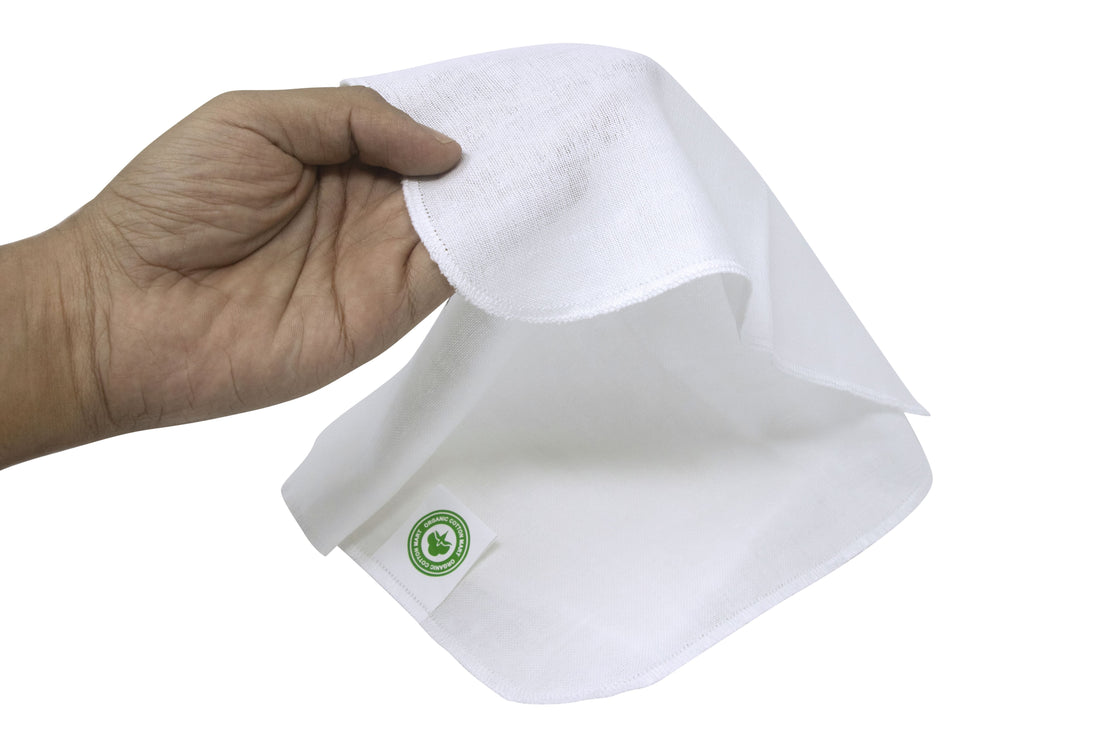
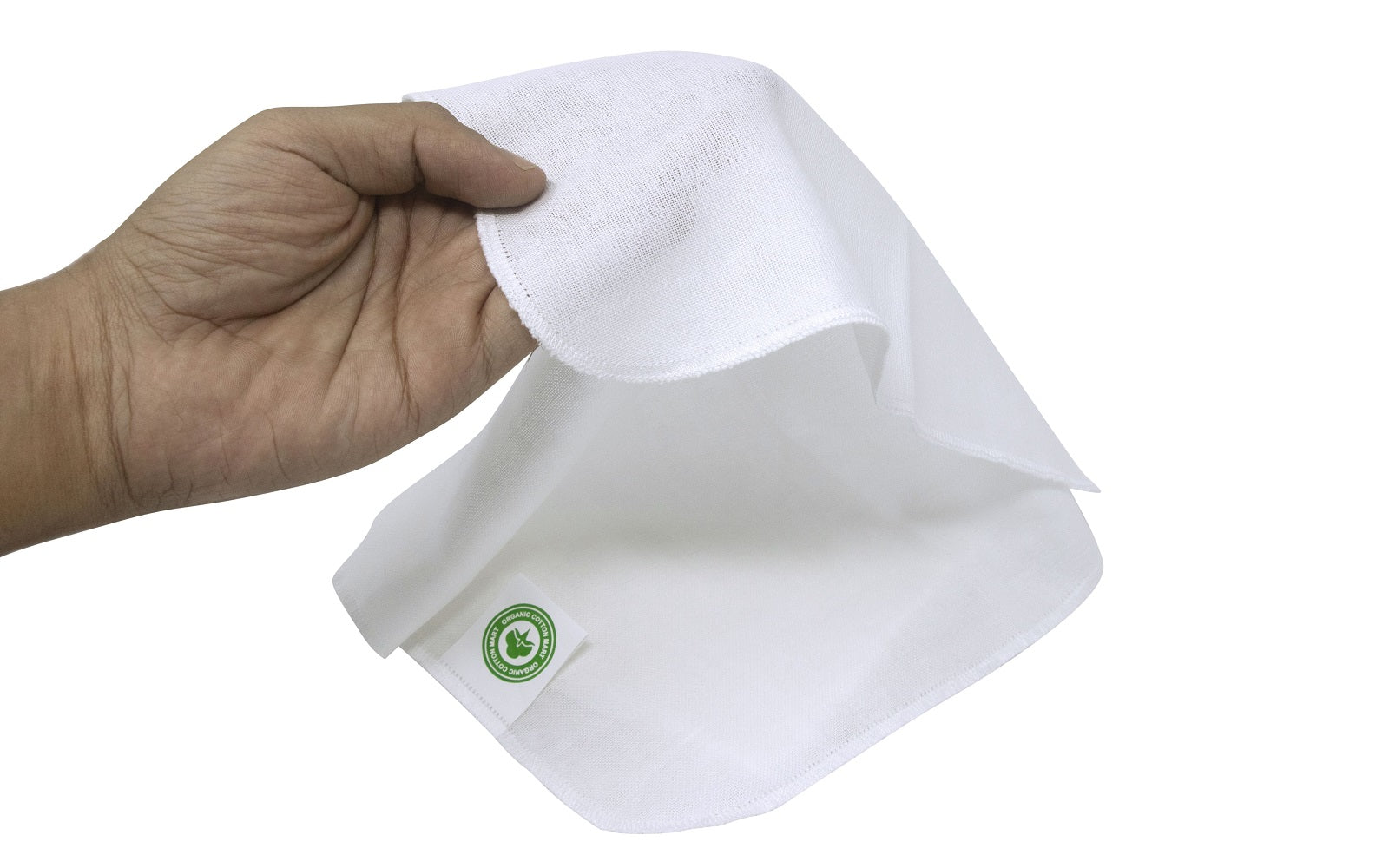
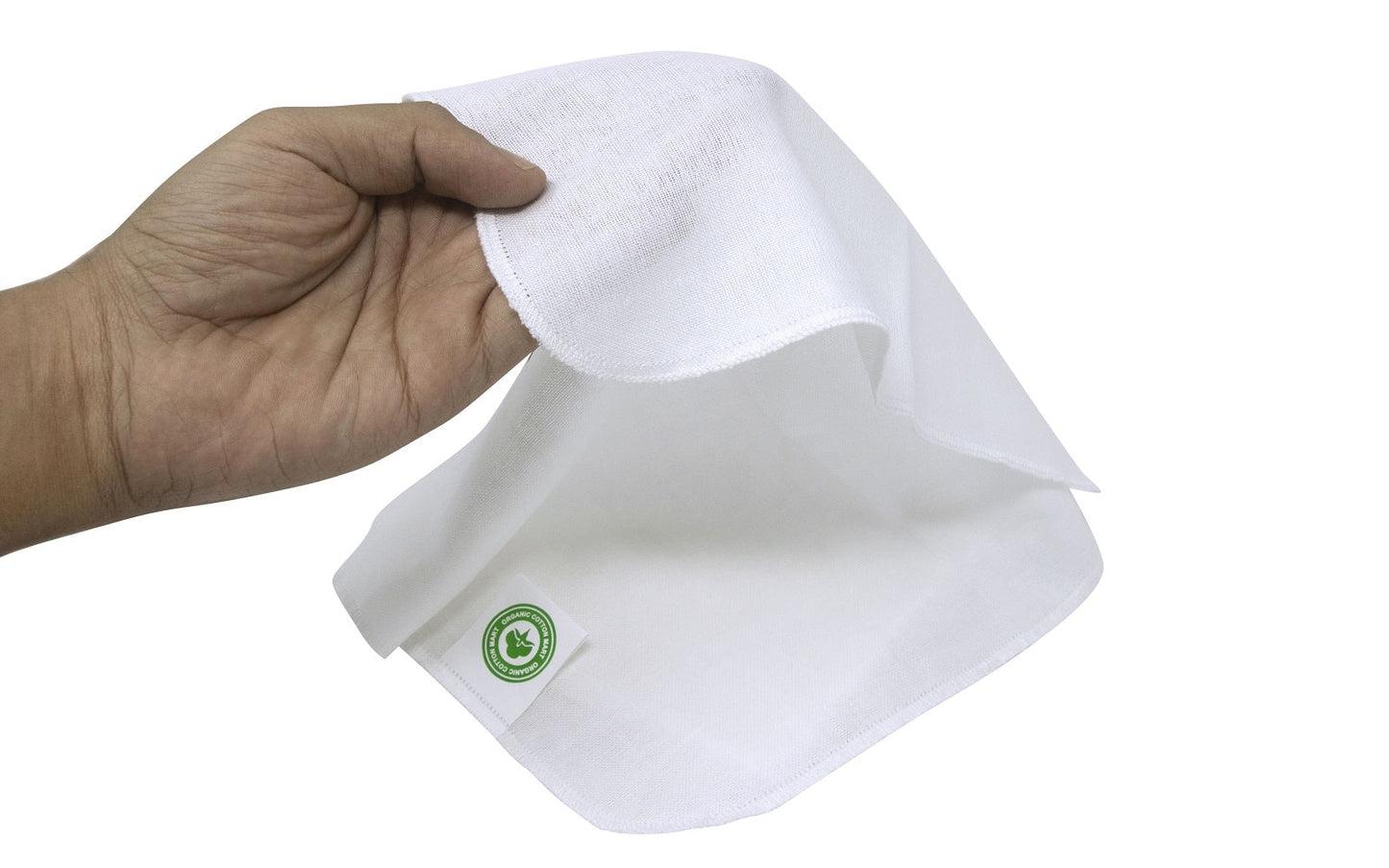
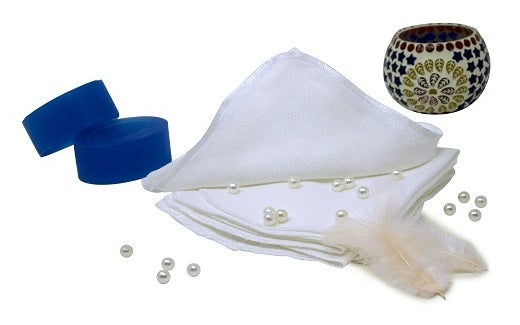
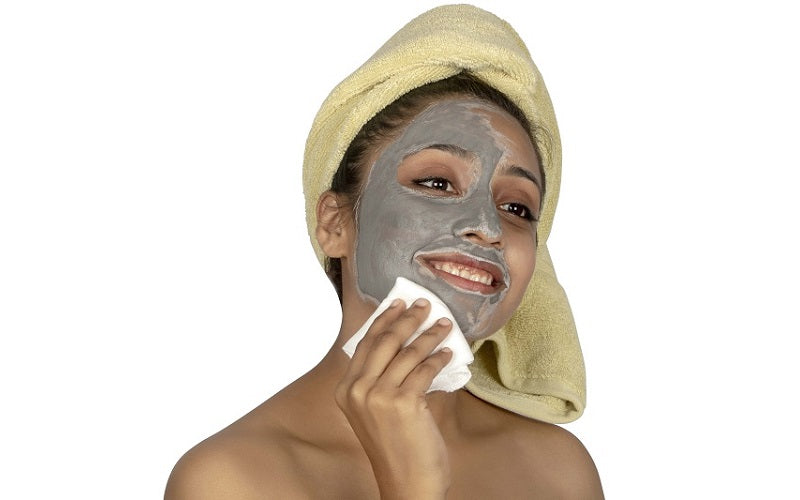
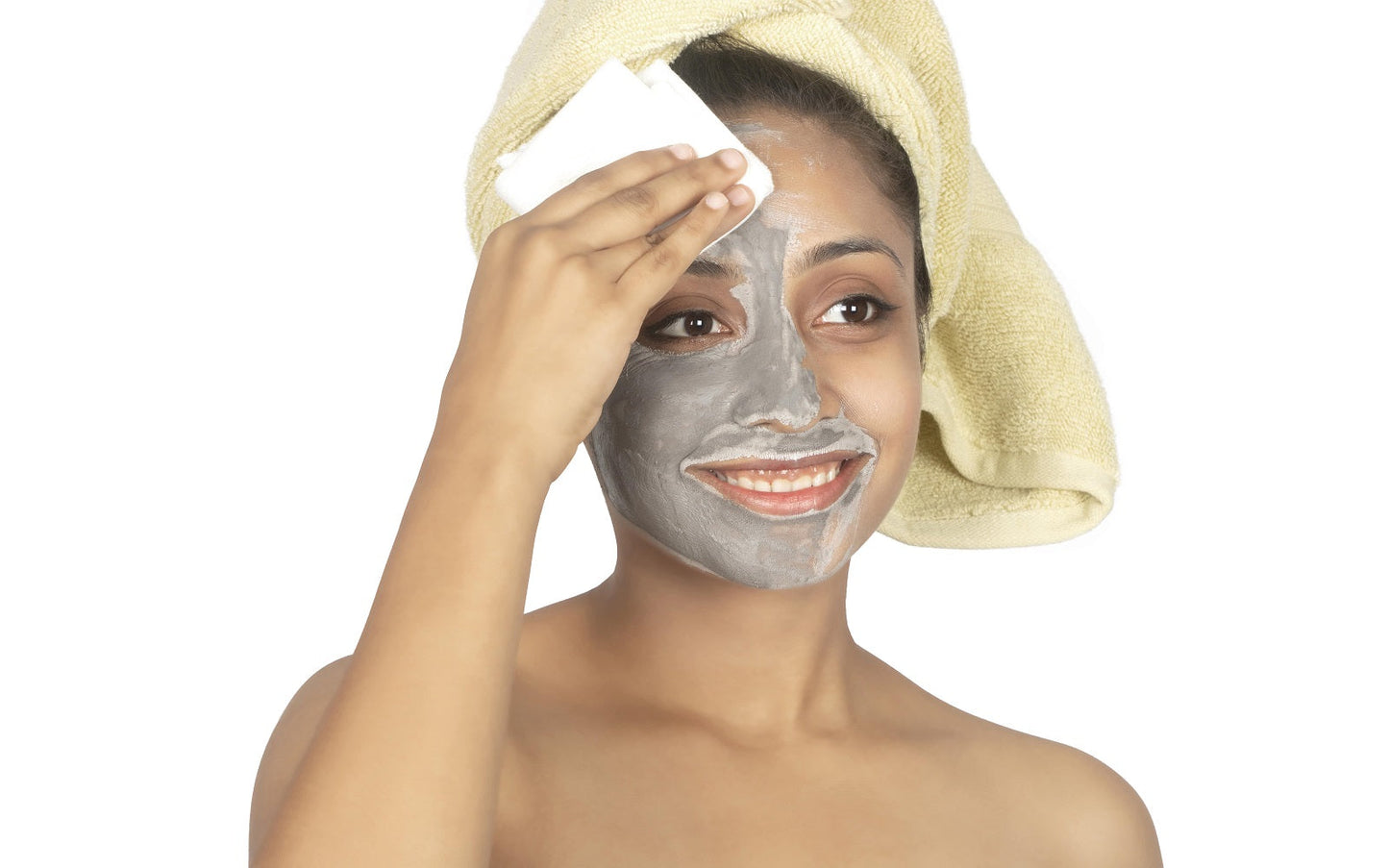
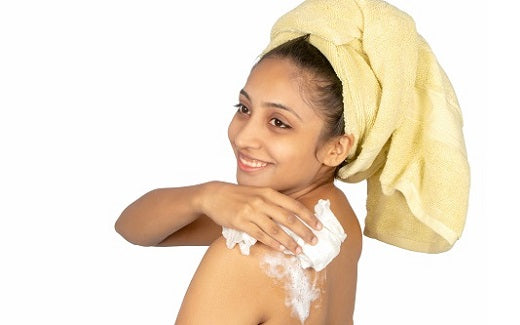
2 comments
Which country did it make it?
I love this site! I’m on a personal mission to slowly begin buying only things that will compost easily in the garden at the end of their use. That is, I can grow my vegies in that compost without knowing no chemicals will enter my food. So Organic cotton products are ideal.
The question, I have, after ‘googling’ compostable materials is what happens to the organic cotton after it’s grown. Apparently, some of the processing use chemicals, dyes etc… that would not be recyclable by composting for the food you would eat. Can you add to your blog, a bit about any fabric treatments or dyes used in processing the organic cotton? Thank You. I’m so glad awareness is growing in this and companies like yours are doing it! It’s a learning process for all of us. Our whole culture. Thank You!